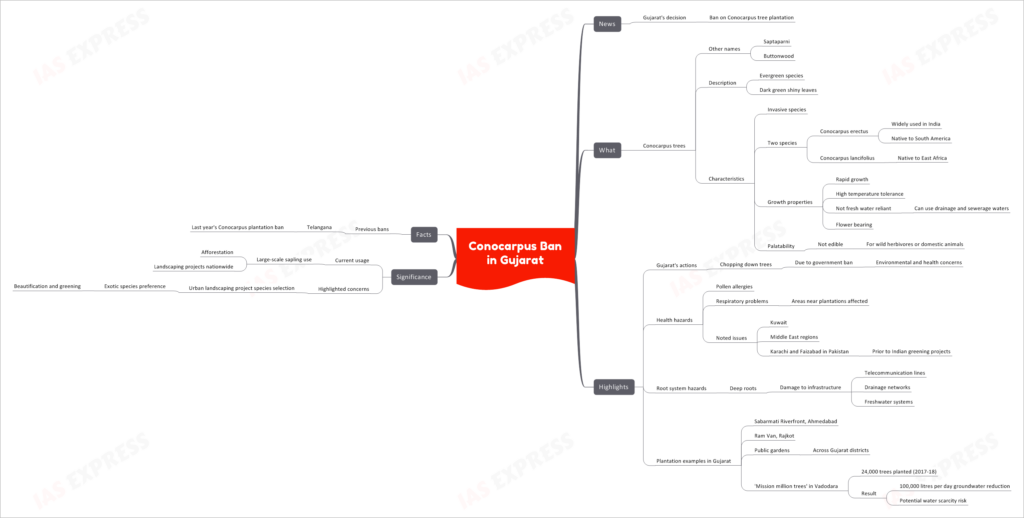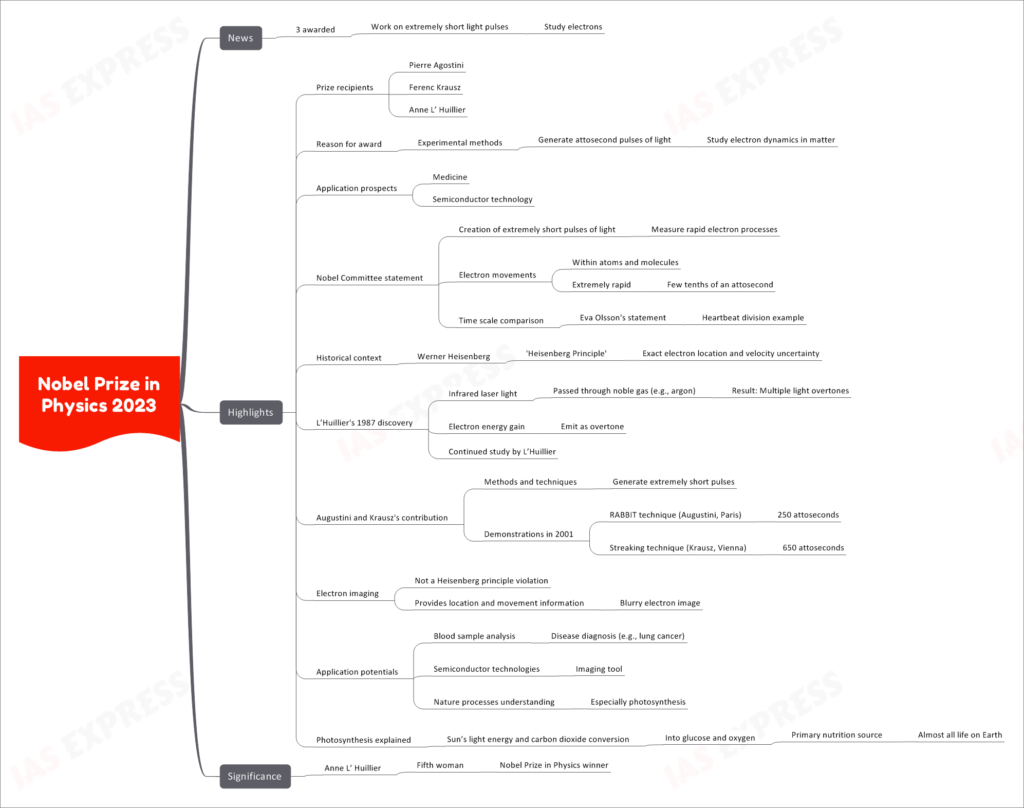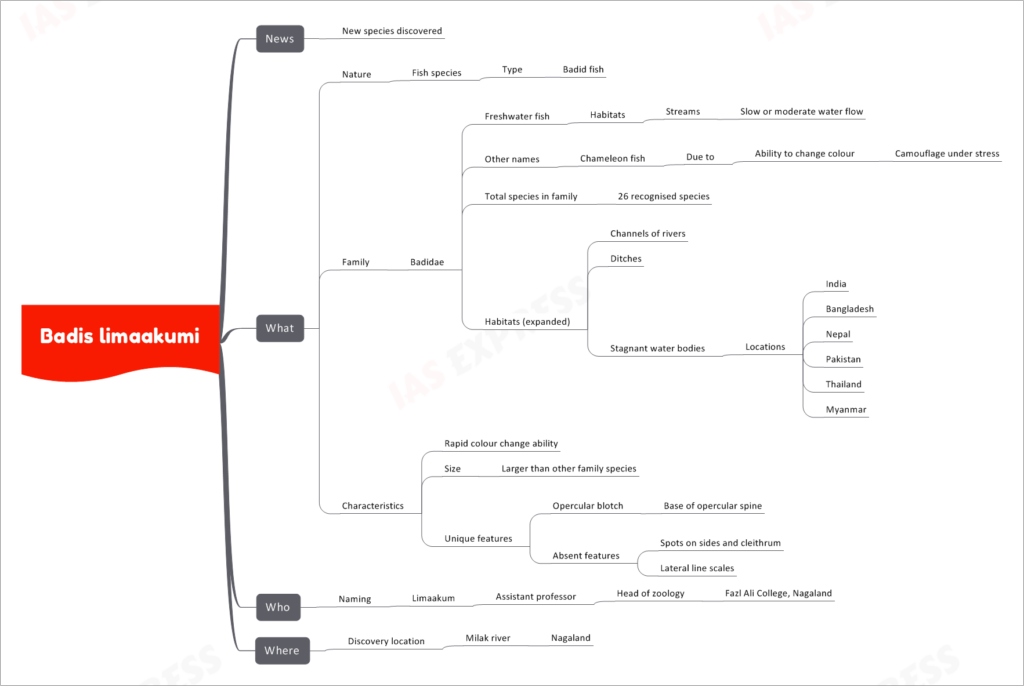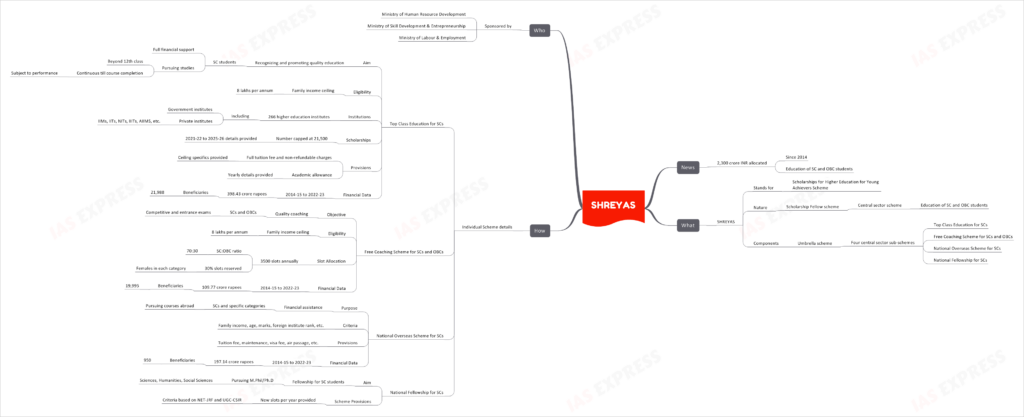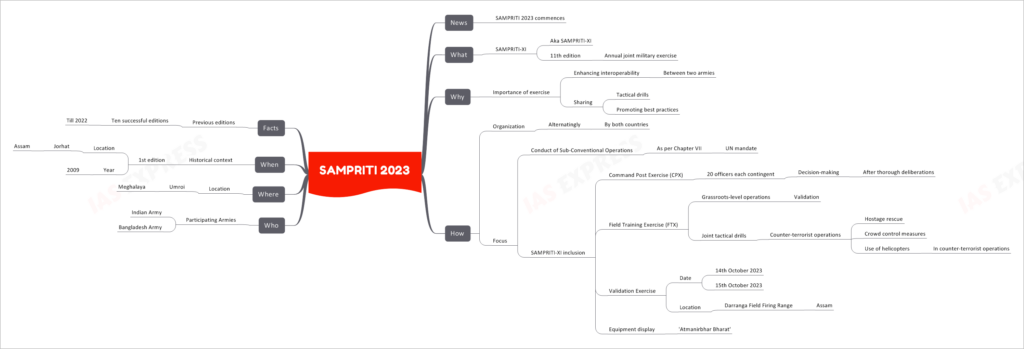[Newsbits] 03.10.2023
R21/Matrix-M vaccine
The World Health Organization (WHO) has taken a significant step by approving the R21/Matrix-M vaccine as part of its ongoing efforts to combat malaria. This move comes following the recommendations of expert groups, including the Strategic Advisory Group of Experts on Immunization (SAGE) and the Malaria Policy Advisory Group.
Previous Recommendation: RTS,S/AS01 Vaccine
Two years ago, the WHO recommended the RTS,S/AS01 vaccine as a crucial tool in the fight against malaria.
WHO's Ongoing Review: R21 Prequalification
The WHO is currently conducting a review for the prequalification of the R21 vaccine.
Approval Implications
With the WHO's approval, organizations such as GAVI (The Vaccine Alliance) and UNICEF can now purchase the R21/Matrix-M vaccine from manufacturers to facilitate its distribution.
Roll-Out Plan
The roll-out plan for the R21/Matrix-M vaccine is as follows:
- African Countries (Early 2024): Burkina Faso, Ghana, and Nigeria are among the first African nations slated to receive the vaccine.
- Other Countries (Mid-2024): Additional countries will follow suit.
- Price Range: The vaccine is expected to be available at a price ranging from $2 to $4 per dose.
What is R21/Matrix-M?
Vaccine Type
The R21/Matrix-M vaccine is an anti-malaria vaccine specifically designed for children.
Significance
Malaria's Impact in Africa
Malaria remains a significant health threat in Africa, particularly deadly for children. Annually, it results in the loss of approximately half a million young lives.
R21's Role
The approval of the R21/Matrix-M vaccine is expected to address the demand-and-supply gap that emerged due to a shortage of the RTS,S vaccine.
Who Developed R21/Matrix-M?
The R21/Matrix-M vaccine was developed by the University of Oxford.
Facts: Men5CV Vaccine
In addition to the R21/Matrix-M vaccine, the WHO has also recommended the Men5CV vaccine, which is a pentavalent meningococcal conjugate vaccine designed to protect against meningitis. The SAGE recommendation calls for African countries within the "meningitis belt" to introduce Men5CV into their routine immunization programs. This vaccine is administered as a single dose for children aged 9 to 18 months in these regions.
Conocarpus Ban in Gujarat
Gujarat has recently taken a significant step by imposing a ban on the plantation of Conocarpus trees, also known as Saptaparni or Buttonwood trees. This decision stems from environmental and health concerns associated with these trees.
What Are Conocarpus Trees?
Other Names
Conocarpus trees are also known as Saptaparni and Buttonwood.
Description
- Evergreen Species: Conocarpus trees are characterized by their evergreen nature, retaining dark green shiny leaves throughout the year.
Characteristics
- Invasive Species: Conocarpus trees are considered invasive species in some regions.
- Two Species: There are two primary species of Conocarpus trees:
- Conocarpus erectus: Widely used in India and native to South America.
- Conocarpus lancifolius: Native to East Africa.
- Growth Properties:
- Rapid growth.
- High temperature tolerance.
- Not freshwater reliant; they can utilize drainage and sewerage waters.
- Flower-bearing.
- Palatability: These trees are not edible and are not preferred by wild herbivores or domestic animals.
Highlights of Gujarat's Actions
Chopping Down Trees
Gujarat has initiated the chopping down of Conocarpus trees due to a government-imposed ban, driven by concerns related to the environment and public health.
Health Hazards
- Pollen Allergies: Conocarpus trees are known to trigger pollen allergies, affecting individuals living near these plantations.
- Respiratory Problems: Areas near Conocarpus plantations often report respiratory problems among residents. Similar issues have been noted in regions like Kuwait, other parts of the Middle East, and Karachi and Faizabad in Pakistan, prior to Indian greening projects.
Root System Hazards
- Deep Roots: Conocarpus trees have deep root systems that pose a threat to infrastructure, including telecommunication lines, drainage networks, and freshwater systems.
Plantation Examples in Gujarat
- Sabarmati Riverfront, Ahmedabad
- Ram Van, Rajkot
- Public Gardens: Conocarpus plantations can be found in public gardens across various Gujarat districts.
- 'Mission Million Trees' in Vadodara: In 2017-18, 24,000 Conocarpus trees were planted as part of this mission, which has led to concerns about potential water scarcity risks due to the trees' high water consumption.
Significance
Current Usage
Conocarpus trees have been widely used for large-scale sapling use in afforestation and landscaping projects across India.
Highlighted Concerns
- Urban Landscaping Project Species Selection: The preference for exotic species like Conocarpus in urban landscaping projects raises questions about the impact on the environment and the suitability of these species for greening efforts.
Facts
Previous Bans
- Telangana: In the past year, Telangana had also imposed a ban on Conocarpus tree plantation due to similar concerns.
Nobel Prize in Physics 2023
In a remarkable recognition of scientific achievement, the Nobel Prize in Physics 2023 has been awarded to three distinguished scientists for their groundbreaking work on extremely short light pulses, which has opened new frontiers in understanding the dynamics of electrons in matter.
Highlights
Prize Recipients
The Nobel Prize in Physics 2023 has been awarded to:
- Pierre Agostini
- Ferenc Krausz
- Anne L’Huillier
Reason for Award
The Nobel Committee acknowledged their pioneering work in experimental methods to generate attosecond pulses of light, enabling the study of electron dynamics in matter with unprecedented precision.
Application Prospects
The applications of their research span across various fields, including:
- Medicine: Advancements in understanding electron dynamics can have applications in medical diagnostics.
- Semiconductor Technology: These insights can lead to improved imaging tools for semiconductor technologies.
Nobel Committee Statement
The Nobel Committee stated that the laureates' creation of extremely short pulses of light has allowed scientists to measure rapid electron processes, revealing the movements of electrons within atoms and molecules with time scales as short as a few tenths of an attosecond.
Historical Context
Their work builds upon the foundation laid by Werner Heisenberg and his famous 'Heisenberg Principle,' which introduced the concept of the inherent uncertainty in knowing both the exact location and velocity of an electron.
Anne L’Huillier's 1987 Discovery
Anne L’Huillier's pivotal contribution dates back to 1987 when she discovered that by passing infrared laser light through noble gases like argon, multiple light overtones were generated. This phenomenon resulted in electron energy gain and emission as overtones. Her continued research paved the way for the breakthroughs that followed.
Augustini and Krausz's Contribution
Pierre Agostini and Ferenc Krausz developed methods and techniques to generate extremely short pulses of light, achieving demonstrations in 2001. Agostini in Paris utilized the RABBIT technique to reach 250 attoseconds, while Krausz in Vienna employed the streaking technique to achieve 650 attoseconds.
Electron Imaging: Not a Heisenberg Principle Violation
Their research on electron imaging, despite the Heisenberg Principle, provides valuable information about the location and movement of electrons, even though the images may appear blurry.
Application Potentials
The practical applications of this research are far-reaching:
- Blood Sample Analysis: It can revolutionize disease diagnosis, including conditions like lung cancer.
- Semiconductor Technologies: The technology can serve as a powerful imaging tool.
- Understanding Nature Processes: It can deepen our understanding of complex natural processes, particularly photosynthesis.
Explaining Photosynthesis
Their work sheds light on the intricate process of photosynthesis, where the sun's light energy is converted into glucose and oxygen, serving as the primary nutrition source for nearly all life on Earth.
Significance
The Nobel Prize in Physics 2023 not only celebrates the remarkable contributions of Pierre Agostini, Ferenc Krausz, and Anne L’Huillier to the field of physics but also highlights the increasing recognition of women's excellence in the scientific community, with Anne L’Huillier being the fifth woman to receive this coveted award in physics.
Badis limaakumi
In an exciting development, a new species of fish has been discovered, adding to the rich diversity of aquatic life. This newly found species is known as "Badis Limaakumi."
What is Badis Limaakumi?
Nature of the Species
Badid Fish: Badis Limaakumi belongs to the Badidae family and is categorized as a freshwater fish.
Habitat
- Preferred Habitats: These fish are commonly found in streams with slow or moderate water flow.
- Adaptability: They are also known to inhabit various other environments, including channels of rivers, ditches, and stagnant water bodies.
Other Names
- Chameleon Fish: The Badis Limaakumi is often referred to as the "Chameleon Fish" due to its remarkable ability to change color, especially as a form of camouflage when under stress.
Family Overview
- Total Species: The Badidae family comprises a total of 26 recognized species, including the newly discovered Badis Limaakumi.
- Geographical Presence: These fish are found in several countries, including India, Bangladesh, Nepal, Pakistan, Thailand, and Myanmar.
Characteristics of Badis Limaakumi
- Rapid Colour Change Ability: One of the most remarkable features of this fish is its ability to change colors rapidly, a trait it shares with its family members.
- Size: Badis Limaakumi is relatively larger than other species within the Badidae family.
- Unique Features:
- Opercular Blotch: It has a distinct opercular blotch at the base of the opercular spine.
- Absent Features: Unlike some other species in the family, Badis Limaakumi lacks spots on its sides and cleithrum, as well as lateral line scales.
Who Named Badis Limaakumi?
The naming of this newly discovered fish species, Badis Limaakumi, is credited to Limaakum, an assistant professor and the head of the Zoology Department at Fazl Ali College in Nagaland. His contribution to the field of zoology has resulted in the recognition and naming of this unique aquatic species.
Where Was Badis Limaakumi Discovered?
The discovery of Badis Limaakumi took place in the Milak River, located in the northeastern state of Nagaland, India. This region is renowned for its biodiversity, and the addition of Badis Limaakumi to the list of indigenous species only highlights the importance of conserving these unique ecosystems.
SHREYAS
Since 2014, the government has allocated a substantial budget of INR 2,300 Crore to support the education of SC (Scheduled Caste) and OBC (Other Backward Class) students. This initiative is part of the Scholarships for Higher Education for Young Achievers Scheme (SHREYAS).
What is SHREYAS?
SHREYAS - Scholarships for Higher Education for Young Achievers Scheme
SHREYAS, which stands for Scholarships for Higher Education for Young Achievers Scheme, is a scholarship program designed to promote quality education among SC and OBC students. It is a central sector scheme consisting of several components under its umbrella.
Components of SHREYAS
Under SHREYAS, there are four central sector sub-schemes:
- Top Class Education for SCs:
- Aim: Recognizing and promoting quality education for SC students, providing full financial support for pursuing studies beyond 12th class, subject to performance.
- Eligibility: Family income ceiling set at 8 lakhs per annum.
- Institutions: 266 higher education institutes, including government and private institutes like IIMs, IITs, NITs, IIITs, AIIMS, etc.
- Scholarships: Number capped at 21,500 with detailed allocation from 2021-22 to 2025-26.
- Provisions: Full tuition fee coverage, non-refundable charges, and academic allowance.
- Financial Data (2014-15 to 2022-23): INR 398.43 Crore allocated, benefiting 21,988 students.
- Free Coaching Scheme for SCs and OBCs:
- Objective: Providing quality coaching for SCs and OBCs to prepare for competitive and entrance exams.
- Eligibility: Family income ceiling set at 8 lakhs per annum.
- Slot Allocation: 3500 slots annually with a 70:30 SC:OBC ratio and 30% slots reserved for females in each category.
- Financial Data (2014-15 to 2022-23): INR 109.77 Crore allocated, benefiting 19,995 students.
- National Overseas Scheme for SCs:
- Purpose: Offering financial assistance to SCs and specific categories for pursuing courses abroad.
- Criteria: Family income, age, marks, foreign institute rank, etc.
- Provisions: Coverage of tuition fees, maintenance, visa fees, air passage, etc.
- Financial Data (2014-15 to 2022-23): INR 197.14 Crore allocated, benefiting 950 students.
- National Fellowship for SCs:
- Aim: Providing fellowships for SC students pursuing M.Phil/Ph.D. in Sciences, Humanities, and Social Sciences.
- Scheme Provisions: New slots per year based on NET-JRF and UGC-CSIR criteria.
How is SHREYAS Sponsored and Implemented?
SHREYAS is sponsored and implemented by multiple government ministries, including the Ministry of Human Resource Development, Ministry of Skill Development & Entrepreneurship, and Ministry of Labour & Employment. This collaborative effort aims to empower SC and OBC students by providing them with access to quality higher education and coaching, both domestically and abroad.
SAMPRITI 2023
SAMPRITI 2023, a significant event in the realm of international military cooperation, has commenced.
SAMPRITI 2023 Commences
SAMPRITI 2023 marks the eleventh edition of this annual joint military exercise, reinforcing the bonds between the Indian Army and the Bangladesh Army.
What is SAMPRITI-XI?
- SAMPRITI-XI, also known as SAMPRITI 2023, is the 11th edition of this annual joint military exercise.
- It serves as a platform for the Indian and Bangladesh armies to enhance their collaboration and military prowess.
Why is SAMPRITI-XI Important?
Enhancing Interoperability
- SAMPRITI-XI aims to enhance interoperability between the two armies.
- It facilitates seamless coordination and communication during joint military operations.
Sharing Tactical Drills
- Tactical drills are shared during this exercise, promoting best practices and strategies.
- The exchange of tactical knowledge contributes to the efficiency of both armies.
How is SAMPRITI-XI Organized?
Alternating Organization
- SAMPRITI-XI is organized alternately by both India and Bangladesh, showcasing the commitment of both nations to strengthening their military ties.
Focus on Sub-Conventional Operations
- SAMPRITI-XI focuses on the conduct of Sub-Conventional Operations as per Chapter VII of the UN mandate.
- It equips both armies with the skills required for various scenarios, including counter-terrorism efforts.
Inclusion of Command Post Exercise (CPX)
- The exercise includes a Command Post Exercise involving 20 officers from each contingent.
- Decision-making processes are thoroughly deliberated, enhancing the officers' leadership skills.
Field Training Exercise (FTX)
- SAMPRITI-XI includes Field Training Exercises, which involve grassroots-level operations.
- Joint tactical drills are conducted, with a focus on counter-terrorist operations, including hostage rescue, crowd control measures, and the use of helicopters.
Validation Exercise
- The validation exercise is scheduled for October 14th and 15th, 2023.
- It will take place at the Darranga Field Firing Range in Assam.
Equipment Display: 'Atmanirbhar Bharat'
- SAMPRITI-XI will also feature an equipment display showcasing the 'Atmanirbhar Bharat' initiative, emphasizing India's self-reliance in defense technology.
Who Participates in SAMPRITI-XI?
- SAMPRITI-XI sees active participation from the Indian Army and the Bangladesh Army, fostering closer cooperation between these two nations.
Where Does SAMPRITI-XI Take Place?
Location: Umroi, Meghalaya
- This year's exercise is hosted in Umroi, Meghalaya, further promoting regional cooperation.
Historical Context
The 1st Edition
- SAMPRITI has a rich historical context, with its first edition held in Jorhat, Assam, in 2009.
Facts and Previous Editions
Previous Editions
- SAMPRITI has a legacy of ten successful editions, with the exercise steadily evolving to strengthen military ties between India and Bangladesh.

